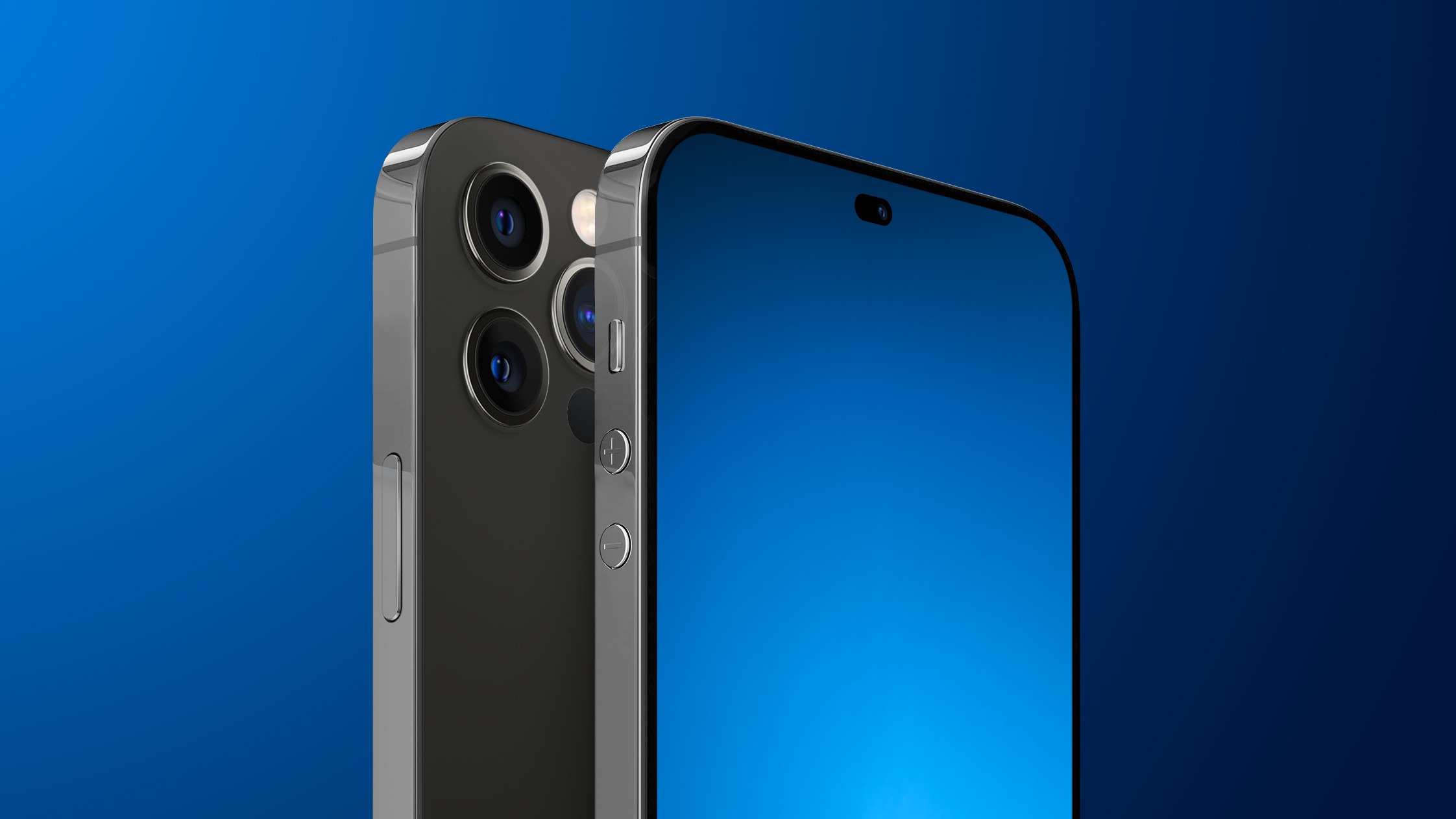
iPhone 14 Pro models will feature a 48-megapixel camera, according to Taiwanese research firm TrendForce. Specifically, this refers to the rear-facing Wide camera, which is currently 12 megapixels on iPhone 13 Pro models.

The addition of a 48-megapixel Wide camera on iPhone 14 Pro models has already been mentioned by multiple sources, including analyst Ming-Chi Kuo, who expects the upgraded camera to support 8K video recording.
Simply increasing a smartphone camera's megapixel count while maintaining the same image sensor size results in smaller pixels, which allows less light to be captured, resulting in lower-quality low-light photos. As a solution, Kuo has previously said that iPhone 14 Pro models will support both 48-megapixel and 12-megapixel output, which would likely be achieved with a process known as pixel binning.
Already in use on some Android phones like Samsung's Galaxy S21 Ultra, pixel binning merges data from multiple smaller pixels on the camera's image sensor into one "super-pixel" for improved low-light sensitivity. Pixel binning would allow iPhone 14 Pro models to shoot high-resolution 48-megapixel photos in bright conditions and 12-megapixel photos in low-light conditions that are still of higher quality.
iPhone 14 Pro models would likely shoot 12-megapixel photos by default given the large file size of 48-megapixel photos, but Apple's implementation remains to be seen.
Apple is expected to announce four new iPhone 14 models in September, including a 6.1-inch iPhone 14, 6.7-inch iPhone 14 Max, 6.1-inch iPhone 14 Pro, and 6.7-inch iPhone 14 Pro Max, with a 48-megapixel camera available on the latter two devices.
Article Link: iPhone 14 Pro Again Rumored to Feature Upgraded 48-Megapixel Camera

